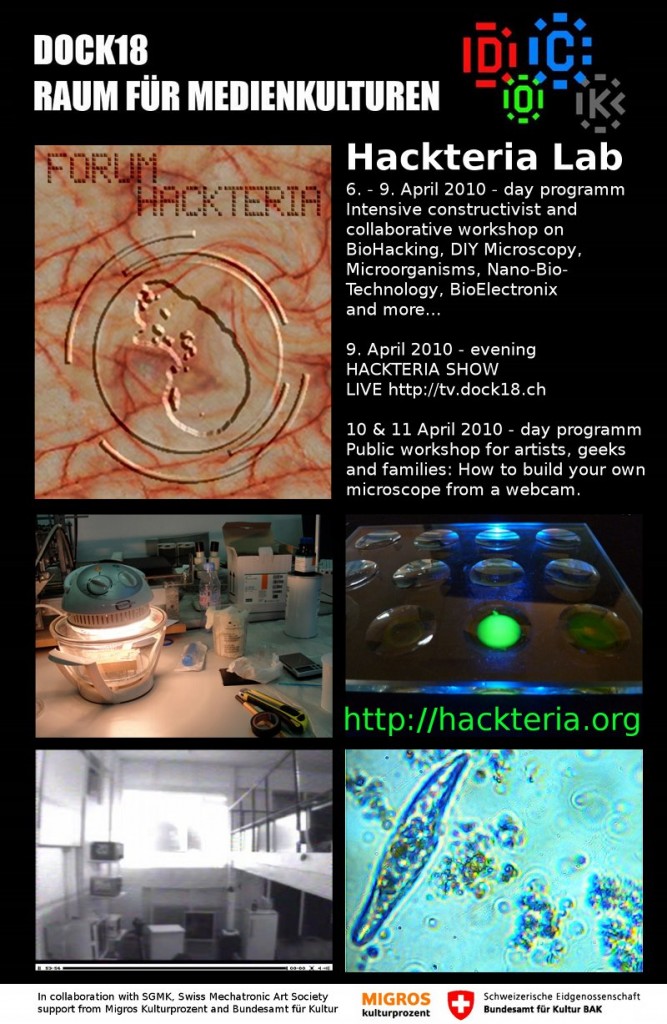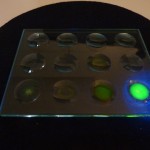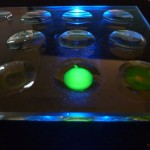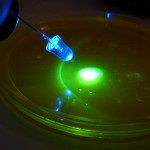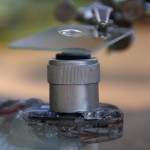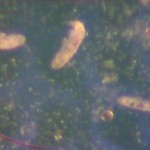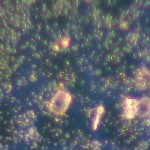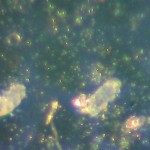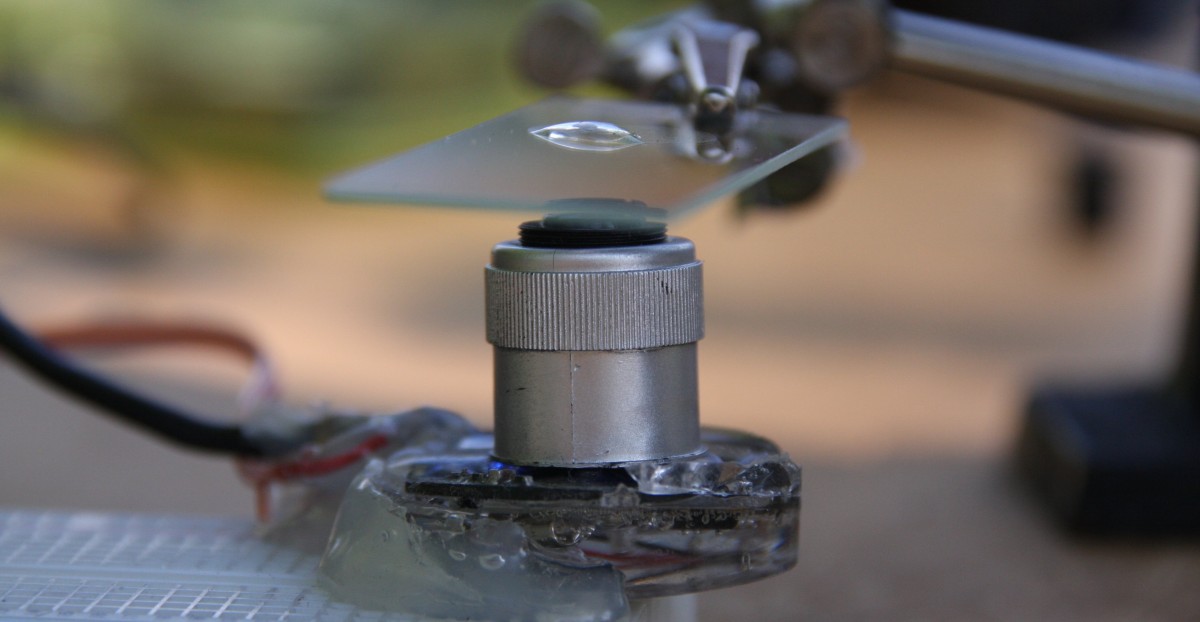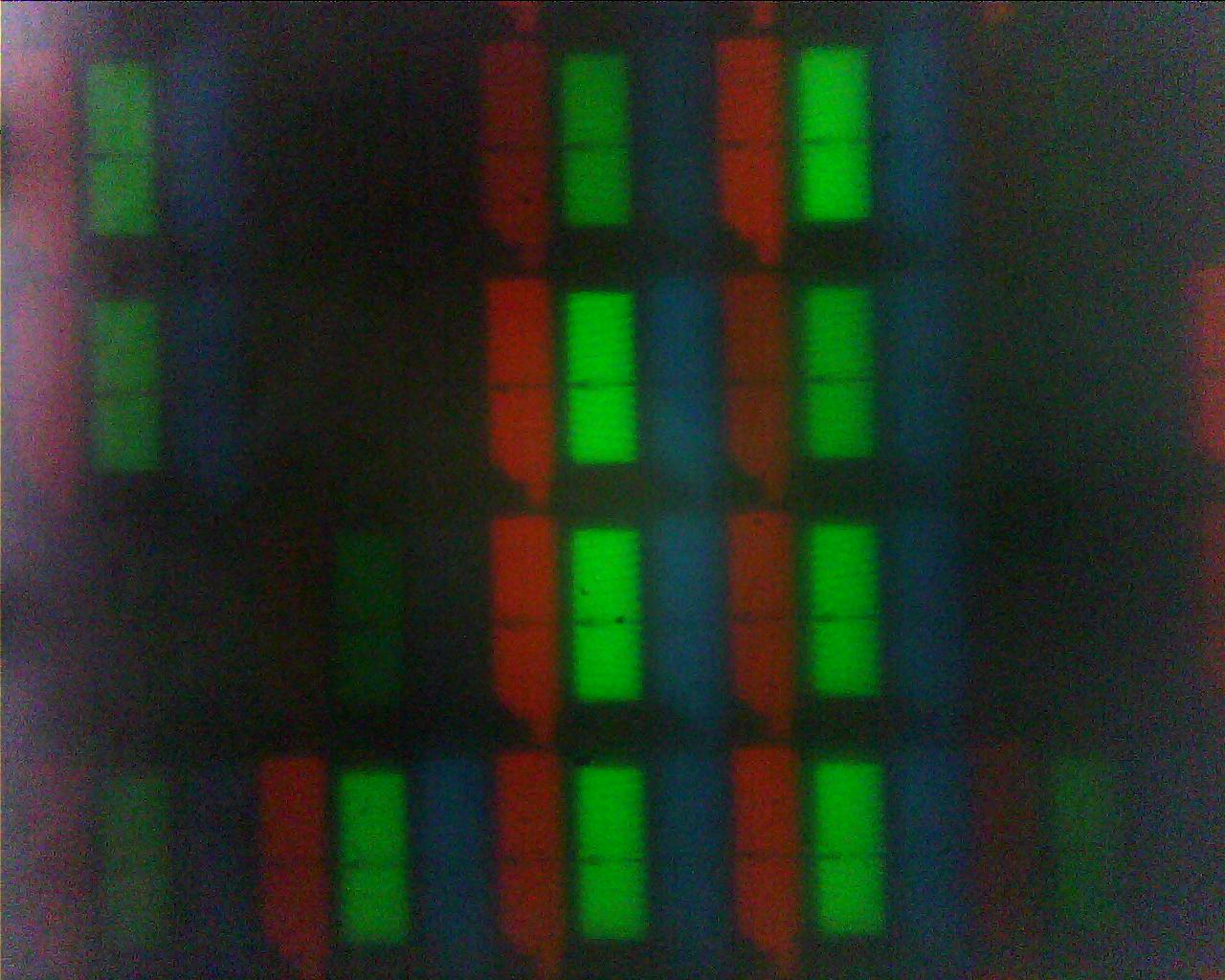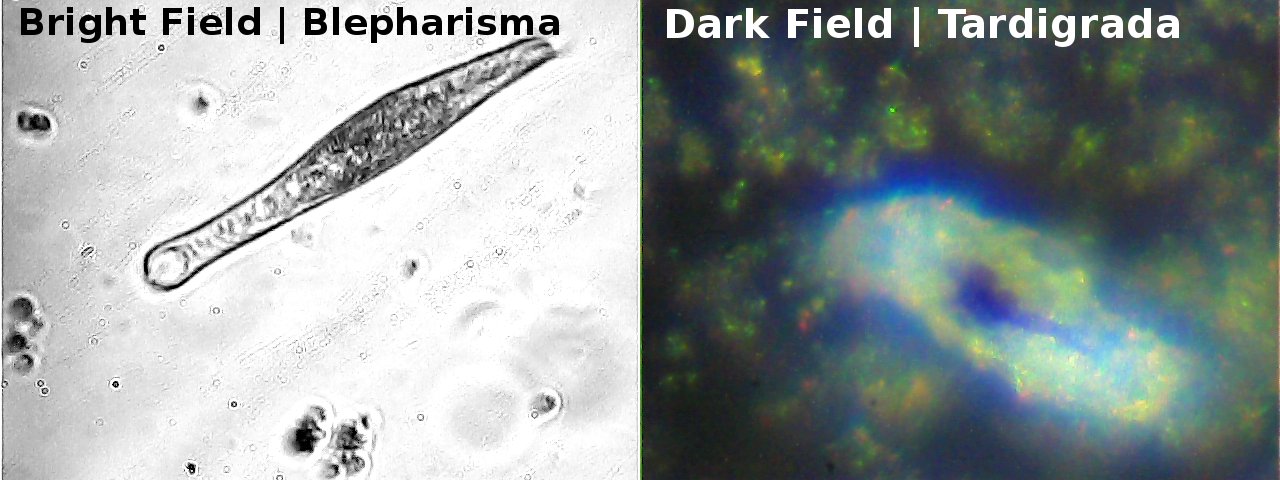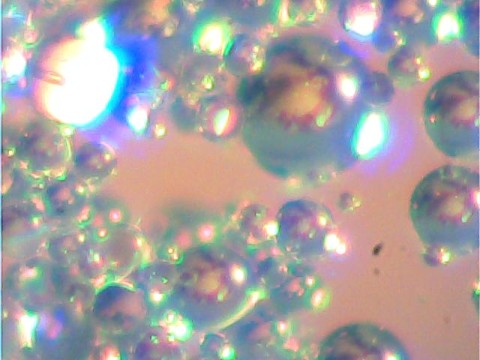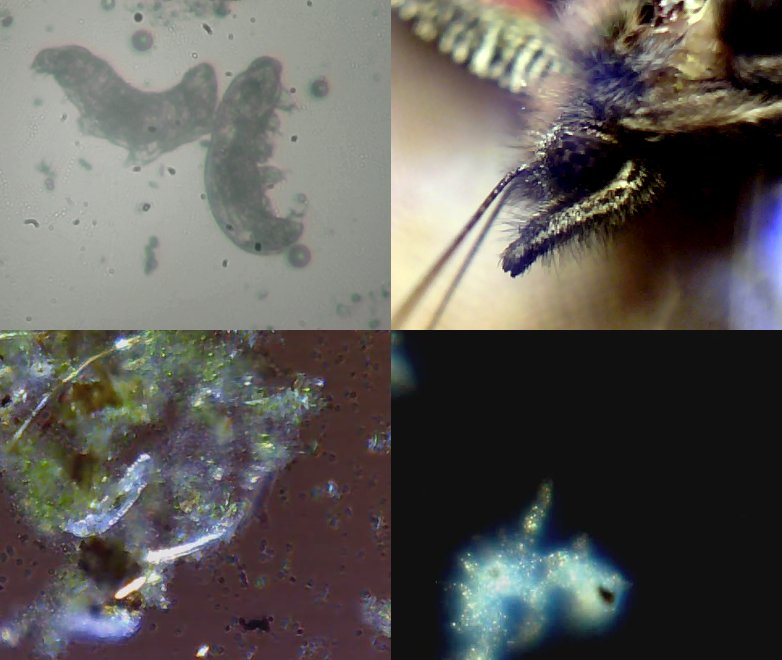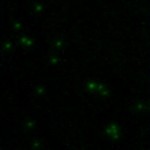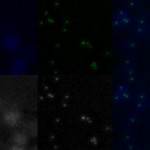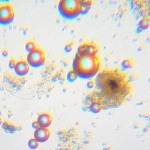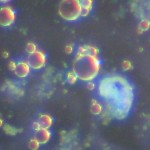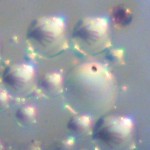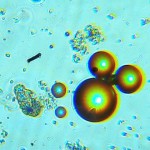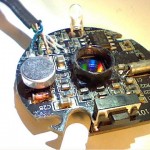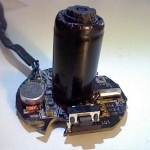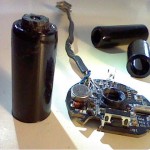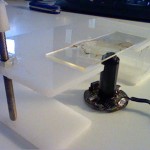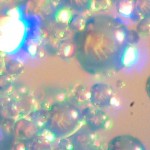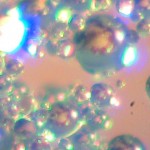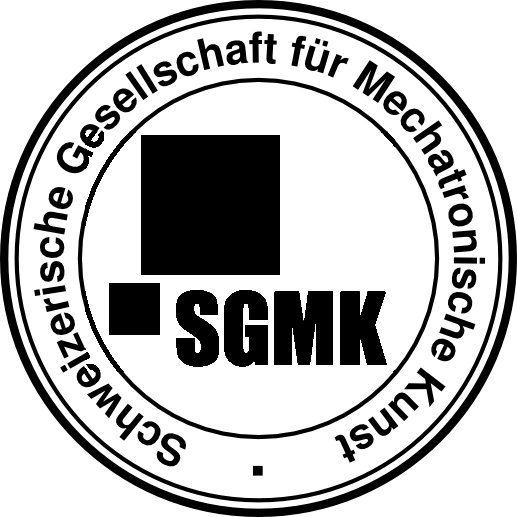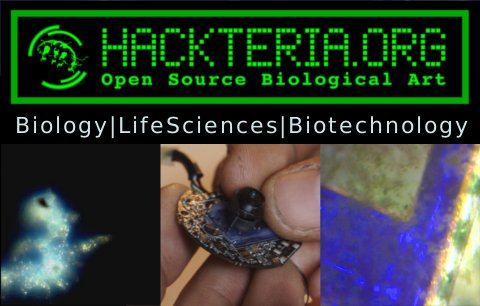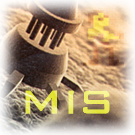Archive for the 'hackteria' Category
Finally the first Forum Hackteria will take place this April, 6-11, in Dock18, Zürich. The forum will be a combination of the 4 days hackteria lab, a hackteria show on friday evening and a public hackeria|DIY microscopy workshop on the weekend.
For more information visit the hackteria lab wiki
Hackteria Lab | 6-9 April | 11 - 20h
The event starts with a 4 days workshop/lab with invited international and local artists/scientists/biohackers (approx 8-10 people). During that time we can collaborate, discuss and work on ideas about DIY biology, ArtScience, BioHacking, Microscopy, NanoBio etc... There will be a large collection of materials and tools available, including some living microorganisms, lab gear, nanoparticles, cameras, lasers and general electronic and mechanical parts.
Hackteria Show | 9 April | 20h-24h
The evening show will be used to invite scientist and artist to present and discuss common subjects, such as microscopy, synthetic biology, bionanotechnology and animal experimentation. In addition the output of the earlier workshop/lab will be presented.
WORKSHOP: DIY microscopy | 10 & 11 April| 14h - 18h
Ãœberblick/Overview
Die Teilnehmer werden in die historischen, künstlerischen und wissenschaftlichen Hintergründe der Mikroskopie eingeführt. Als eines der frühesten wissenschaftlichen Instrumente, mit welcher die menschlichen Sinne erweitert werden können, eignet sich das Thema ideal als Einführung in die BioKunst, wie auch die Lebenswissenschaften.
Als Schwerpunkt wird den Teilnehmern beigebracht, wie man aus einer standard Webcam, durch Umbau der Linse, ein Mikroskop gebaut werden kann, welches anschliessend mit nach Hause genommen werden kann um weitere Untersuchungen in der eigenen Mikro-Nachbarschaft zu machen. Im weiteren werden wir in einem Feldtrip in der Umgebung der Roten Fabrik nach verschiedenen Mikroorganismen suchen und sie durch Isolierungmethoden mit dem selbstgebastelten Mikroskop bewundern.
The participants will be introduced into the field of microscopy, from a historical, artistic and scientific viewpoint. As one of the earliest instrument for the scientific analysis of nature beyond the human senses, the microscope suits very well to introduce beginners into both, the field of bioart and the lifesciences.
At the core of the workshop the participants will learn how to modify a standard webcam to be used as a microscope, which they can take home for future micro-investigations of their neighborhood. Furthermore, we will go out into the field (around Rote Fabrik) and learn how to search for microorganisms, which will then be isolated and wondered at using the DIY microscope.
Detailed information in German and English can be found on the Hackteria Lab Wiki.
Registration
Aufgrund der limitierten Plätze, bitte so bald wie möglich reservieren.
Due to the limited places available, please contact me as soon as possible to make sure we can reserve your participation.
Contact dusjagr
About Hackteria
Hackteria is a collection of Open Source Biological Art Projects instigated in February 2009 by Andy Gracie (UK), Marc Dusseiller (CH) and Yashas Shetty (IN). The aim of the project is to develop a rich web resource , an international community and public communications for people interested in or developing projects that involve DIY bioart, open source software and electronic experimentation generally relating to life sciences. The forum, organised by the co-founder Dr. Marc Dusseiller, will consist of a 4 days constructivist DIY and BioArt lab with invited international artists followed by a public symposium confronting local scientists with the artists and discussing common subjects, such as microscopy, synthetic biology, bionanotechnology and animal experimentation. The audience will get to understand how hackteria. as a community platform, encourages the collaboration of scientists, hackers and artists to combine their expertise, write critical and theoretical reflections, share simple instructions to work with lifescience technologies and cooperate on the organisation of workshops, festival and meetings.
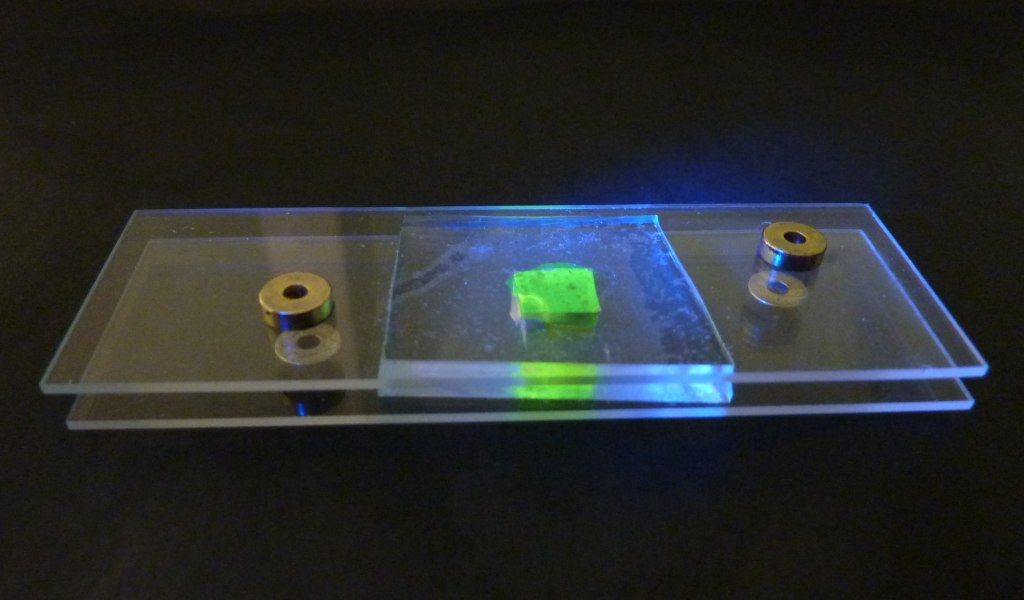 I have just been doing more experiments using fluorescent dyes. Yesterday at the OpenLab, by SGMK, we messed around with solution of fluorescein. Was great fun. Thinking about ideas to use it for displays. only sometimes it looks almost too cheesy, to much goaparty-style. but with the right context, it might perfectly fit in. Fluorescence is in the end one of the key tools for doing biology and nanosciences.
I have just been doing more experiments using fluorescent dyes. Yesterday at the OpenLab, by SGMK, we messed around with solution of fluorescein. Was great fun. Thinking about ideas to use it for displays. only sometimes it looks almost too cheesy, to much goaparty-style. but with the right context, it might perfectly fit in. Fluorescence is in the end one of the key tools for doing biology and nanosciences.
Or you can use VLC player. The address of the stream is: http://giss.tv:8000/hackteria.ogg
the image on the left shows the little tardis, yesterday evening. sadly when i got back today the sample has dried out, but then the tardigrades should be ok with that. and really i found the little tuns, barrel-shaped little rounded objects. after adding another drop of water i saw them unfolding into tardigrades again. sadly sofar they havent really started to move, so i got to stream them and check them later from home...
Simple Instruction
Step 1: Getting prepared...
Step 3: Screw the lens, flip the lens, look at a pixel
Step 4: Build a practical and nice setup
Videos
Tardigrade couple recorded with 1.3 Megapixel webcam from TW, 20$
Tardigrade recorded with cheap 0.3 Megapixel webcam from TW, 5$
Blepharisma at highest magnification with cheap 0.3 Megapixel webcam from TW, 5$
Other models and setups
Step 1: Hack the webcam and unsrew the lens

Step 2: Remount the lens with an opaque-black tube and build a setup

Examples of Resolution
HTC HERO, 3,2-Zoll TFT-LCD Touchscreen mit HVGA-Auflösung (320 x 480)
3.2 inch = 81.28 mm
45mm / 320px = 140 micron
Human leukocyte cells (nucleus stain of chromosomes), effects of chromatic aberation

Fluorescent microbeads, diameter 1.8 micrometer
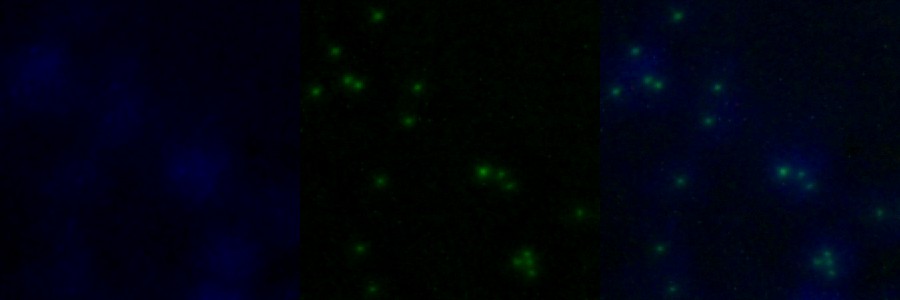
Fun Experiments
Beads of Thermoplastic Polymer from Struers, diameter approx 20-50 micron.
Looking at stuff, tardigrades, butterflies and amoebae...

